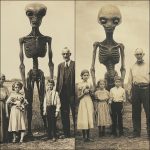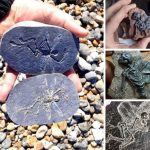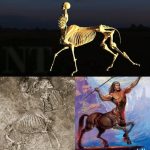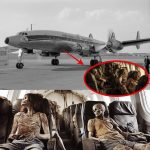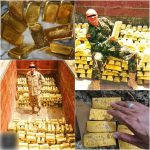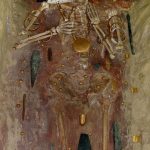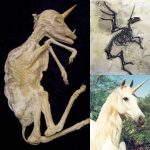The Anga Mummies of Aseki: Guardians of the Past
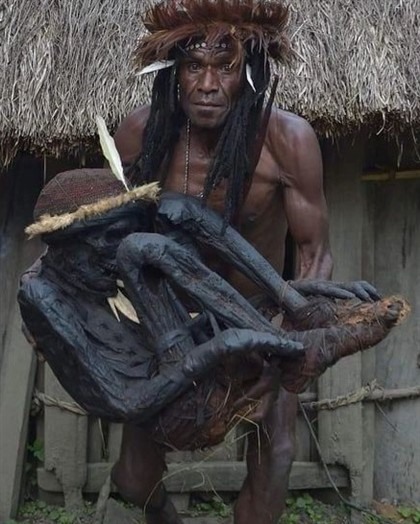
High in the rugged terrains of Papua New Guinea, where misty mountains meet dense forests, lie one of the most extraordinary cultural treasures of the Pacific: the Anga Mummies of Aseki. These mummified ancestors, preserved through meticulous smoking techniques, provide a rare and intimate glimpse into the mortuary practices, beliefs, and traditions of the Anga people. Beyond their physical preservation, these mummies serve as powerful links between past and present, embodying stories, rituals, and a profound respect for the cycle of life and death.
A Unique Preservation Technique

Unlike the mummification processes seen in Egypt or South America, the Anga mummies are distinguished by their careful smoking techniques. Generations of knowledge passed down through the Anga community ensured that each body was methodically treated, allowing the mummies to withstand the harsh mountain climate for centuries. This preservation method not only maintained the physical integrity of the bodies but also safeguarded the spiritual essence believed to reside within. Each mummified form stands as a testament to the ingenuity and reverence of the Anga people for their ancestors.
A Window into Ancient Traditions
The Anga Mummies offer more than a glimpse of physical preservation—they are a window into cultural memory and mortuary traditions. Through these preserved bodies, anthropologists and historians can study rituals that connect the living with the departed, shedding light on social structures, spiritual beliefs, and community practices of the Anga people. The mummies were often placed in high-altitude sites to keep them safe, symbolically watching over the land they once inhabited. This practice highlights the deep connection between ancestry, territory, and cultural identity.

Stories Carved in Time
Each Anga mummy tells a story. The meticulous care in preservation reflects a society that honored the deceased not only as individuals but also as custodians of lineage and cultural continuity. Their postures, adornments, and placement reveal insights into social hierarchy, familial bonds, and ritualistic significance. The mummies act as enduring storytellers, whispering tales of a civilization that balanced the practicalities of survival with profound spiritual and cultural expression.
Cultural Significance Today
In contemporary times, the Anga Mummies remain invaluable to both the local community and the global understanding of human heritage. They remind us of the universality of mortality and the human desire to honor those who came before. For the Anga people, these mummies are more than historical artifacts—they are sacred guardians, embodying ancestral wisdom and the enduring presence of those who shaped the land and culture.
Conclusion
The Anga Mummies of Aseki are a remarkable fusion of art, science, and spirituality. Preserved through generations-old techniques, they stand as enduring symbols of the Anga people’s connection to their past, offering scholars and enthusiasts a rare opportunity to explore ancient mortuary practices. More than relics, these mummies are living narratives of memory, tradition, and the inextricable bond between the living and the departed. As we study and honor these guardians of the past, we gain not only historical insight but also a deeper appreciation for humanity’s enduring quest to remember, respect, and preserve its heritage.


